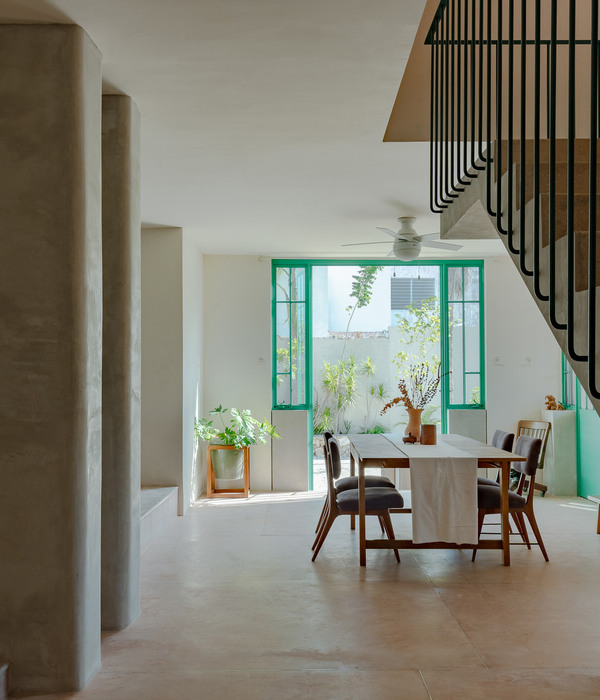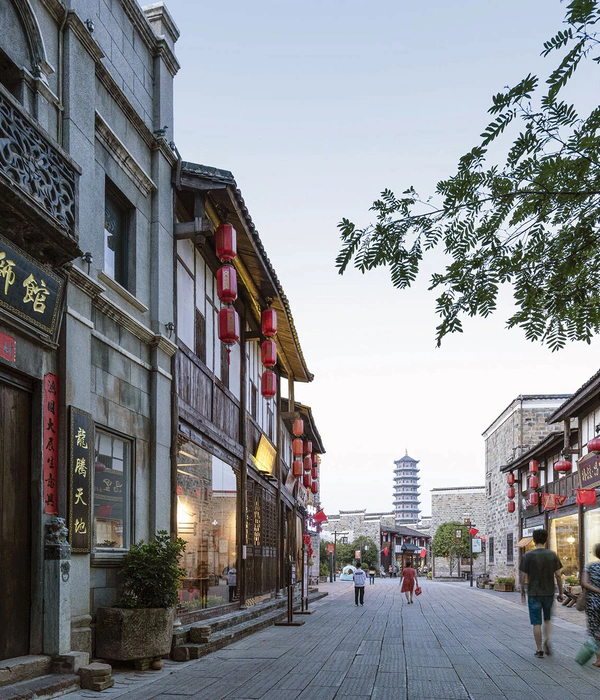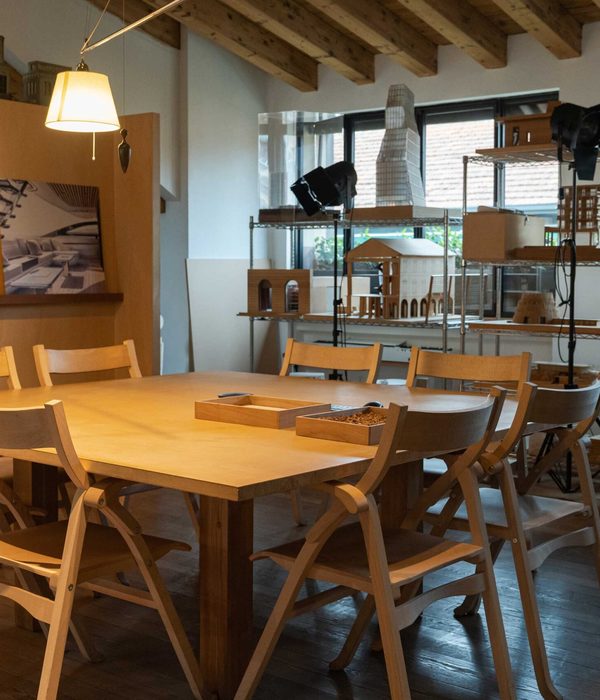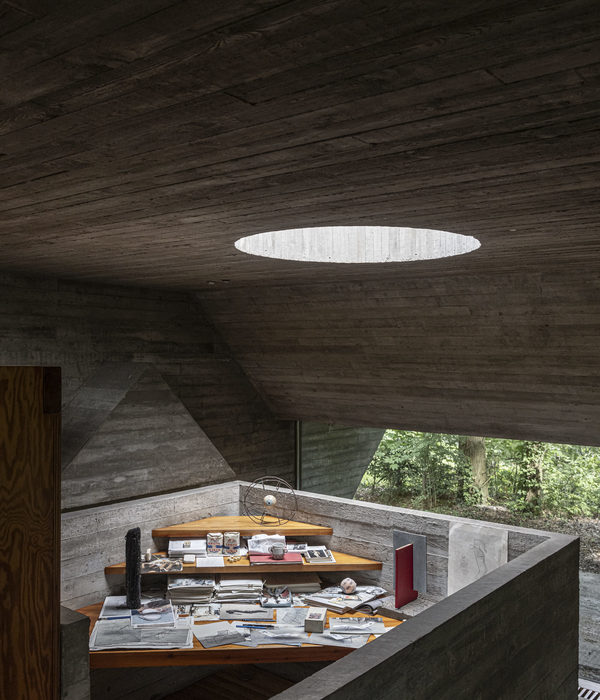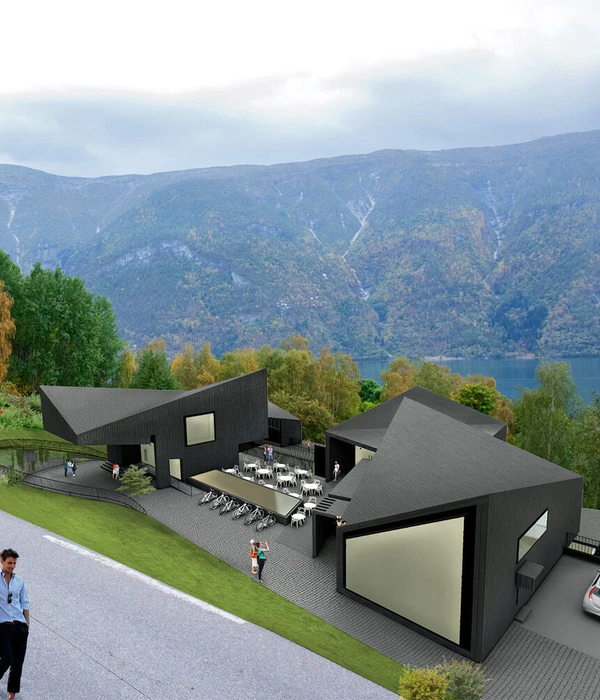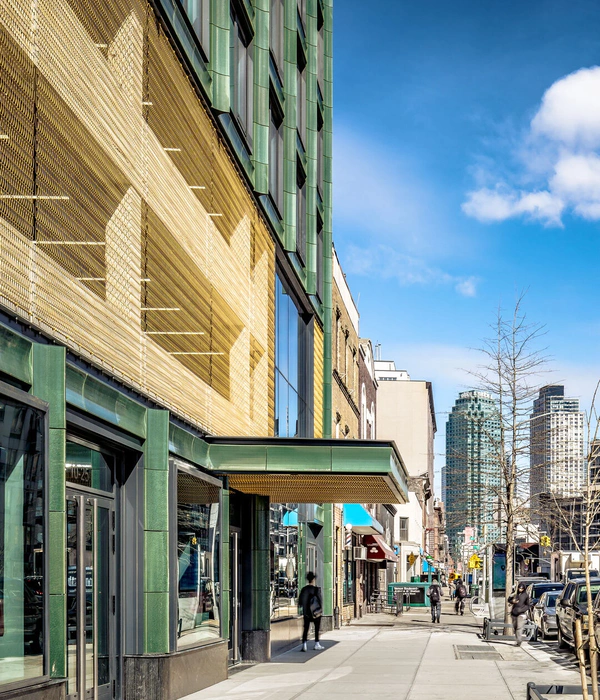Principal facade
Exhibition hall
Restaurant
Principal facade
Entry hall
Library reading room
“The youth is the future of a country”, and art is the past, the present and the future of the youth.
Each trait of the project aims the research for the universality of the artistic language.
The project addresses the pure and intrinsic relationship between the identity of the territory and its expressions in the form of artistic culture, setting itself the goal of becoming the symbol of contemporary art in Armenia, linked to the roots of the territory but intertwined with the evolution of world.
Witness and symbol of Armenian history, a place where human beings are enveloped in artistic expressions, dragged along a historical journey, following a flow like that of a river, "from the mountain to the valley", thus becoming the main spectator.
A journey through the ages and the arts, from painting to sculpture, photography to drawings, up to more recent forms of art, such as digital and experimental arts, artistic installations, virtual reality and artificial intelligence.
In the same way, the historical memory, exhibition itineraries that celebrate important local personalities, directors, artists, musicians who have told the world the meaning of Armenian art and sad testimonies such as the Armenian Diaspora.
The architectural configuration of the intervention is focused on the conservation of the original perimeter line of the building. The plan shape respects the memory of the previous structure, reusing the same perimeter walls and the existing static structural scheme, composed of columns and beams in reinforced concrete, forming a spatial frame in longitudinal and transversal direction, starting from the base of the foundations up to roof, so as to increase the seismic resistance of the building. Diaphragm walls are incorporated in the perimeter walls.
The configuration and architectural spatial organization of the interior spaces is completely free. Each room, each level, has no fixed walls, with open and bright spaces, consisting of light and reconfigurable dividing elements, which can be re-adapted and removed, reshaping the exhibition needs and compositional flexibility in different periods.
The external facades are composed of clear-cut Armenian tufa stones, with the shapes and monumental features that recall the historic and iconic buildings of Yerevan. Outlining a composition of glazed arches, the main facade on Buzand Street becomes a recognizable icon, a tangible sign of the rebirth of a new artistic thought.
NPAK becomes the largest cultural, entertainment and educational exhibition space in Armenia, which makes contemporary art an irrevocable part of Armenia's everyday cultural landscape.
The entire surface of the external areas is dedicated to green spaces, places for relations, for meetings, with connection paths from the building to the street. The presence of a large number of trees, both outside and inside the building, guarantee an eco-sustainable and environmentally friendly approach to the intervention. Green becomes an integral part of the project, with trees that represent the ideal connection between human being and nature.
The internal levels are overlapped in a staggered way, giving spatial dynamism to the internal architecture, the stairs and the vertical connections allow to admire the composition during the promenade.
Ogni tratto del progetto ha come obiettivo la ricerca dell’universalità del linguaggio artistico.
“The youth is the future of a country”, e l’arte è il passato, il presente e il futuro della giovinezza.
Il progetto affronta il rapporto puro ed intrinseco tra l’identità del territorio e le sue espressioni sotto forma di cultura artistica, ponendosi l’obiettivo di diventare il simbolo dell’arte contemporanea in Armenia, legato alle radici del territorio ma intrecciato all’evoluzione del mondo.
Testimone e simbolo della storia Armena, un luogo in cui l’essere umano è avvolto dalle espressioni artistiche, trascinato in un viaggio storico, seguendo un flusso come quello di un fiume, “dal monte fino alla valle”, diventando così lo spettatore principale.
Un percorso attraverso le epoche e le arti, dalla pittura alla scultura, dalla fotografia al disegno, fino ad arrivare a forme d’arte più recenti, come le arti digitali e sperimentali, le installazioni artistiche, la realtà virtuale e l’intelligenza artificiale.
Nello stesso modo il ricordo storico, percorsi espositivi che celebrano personalità importanti del territorio, registi, artisti, musicisti che hanno raccontato nel mondo il senso dell’arte Armena e tristi testimonianze quale la Diaspora degli Armeni.
La configurazione architettonica dell’intervento è incentrata sulla conservazione dell’originaria linea perimetrale della costruzione. La forma in pianta rispetta la memoria della precedente struttura, reimpiegando le stesse murature perimetrali e il preesistente schema statico strutturale, composto da colonne e travi in cemento armato, formando un telaio spaziale in direzione longitudinale e trasversale, e partendo dalla base delle fondazioni fino al tetto, in modo da incrementare la resistenza sismica dell’intera costruzione. Due muri diaframma sono inglobati nelle murature perimetrali longitudinali.
La configurazione e organizzazione spaziale architettonica degli ambienti interni è completamente libera. Ogni ambiente, ogni livello, è privo di pareti fisse, e consiste in spazi aperti e luminosi, costituiti da elementi divisori leggeri e riconfigurabili, riadattabili e rimovibili, rimodellandosi alle necessità espositive in diversi periodi, flessibilità compositiva.
Le facciate esterni sono composte da clear-cut armenian tufa stones, con le forme e i tratti monumentali che ricordano gli edifici storici ed iconici della città di Yerevan. Delineando una composizione di archi vetrati, la facciata principale su Buzand Street diventa icona riconoscibile, segno tangibile della rinascita di un nuovo pensiero artistico.
NPAK diventa il più grande spazio di esposizione culturale, di intrattenimento ed educativo in Armenia, that makes contemporary art an irrevocable part of Armenia’s everyday cultural landscape.
L’edificio invita le persone alla sua fruizione, e si pone come nuovo centro di gravità per la città.
Tutta la superficie delle aree esterne è dedicata a spazi verdi, luoghi per il pubblico, luoghi per l’incontro e per la sosta, con percorsi di collegamento dall’edificio alla strada. La presenza di una forte quantità di alberi, sia all’esterno che all’interno dell’edificio, garantiscono un approccio ecosostenibile ed ecocompatibile all’intervento. Il verde diventa parte integrante del progetto, con gli alberi che rappresentano il collegamento ideale tra l’uomo e la natura.
I livelli interni sono sovrapposti in maniera sfalsata tra loro, donando dinamicità spaziale all’architettura interna, le scale e i collegamenti verticali permettono di ammirare la composizione durante il percorso.
Year 2019
Main structure Mixed structure
Status Competition works
Type Parks, Public Gardens / Public Squares / multi-purpose civic centres / Restoration of old town centres / Adaptive reuse of industrial sites / Landscape/territorial planning / Offices/studios / Kindergartens / Schools/Institutes / Research Centres/Labs / Multi-purpose Cultural Centres / Theatres / Museums / Concert Halls / Libraries / Associations/Foundations / Cinemas / Trade Fair Centres / Conference Centres / Pavilions / Exhibition Design / Bars/Cafés / Restaurants / Interior Design / Custom Furniture / Lighting Design / Graphic Design / Web Design / Student Halls of residence / Art Galleries / Exhibitions /Installations / Urban Renewal / Monuments / Book shops / Media Libraries / Recovery/Restoration of Historic Buildings / Restoration of façades / Structural Consolidation / Music schools/Music academies / Recovery of industrial buildings / Art studios/workshops / Furniture design / Product design / Building Recovery and Renewal
{{item.text_origin}}

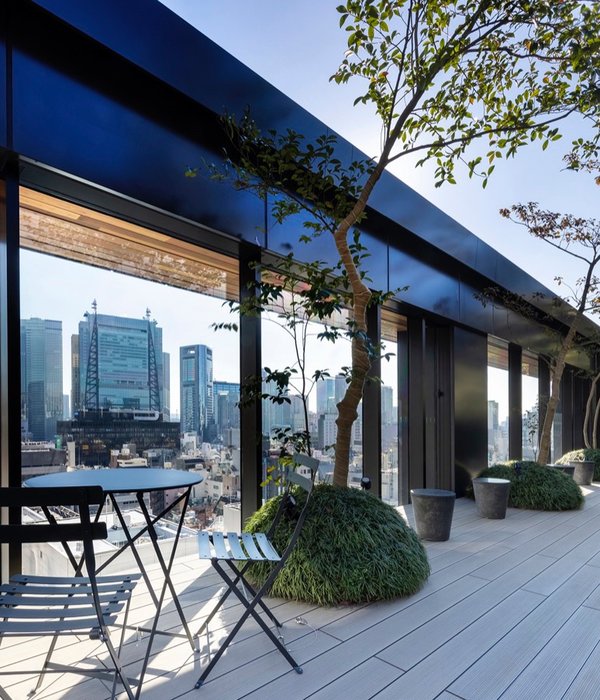
![Carlo Rossi [project] Carlo Rossi [project]](https://public.ff.cn/Uploads/Case/Img/2024-06-13/zEylSHmRfDpOnylrJzdENICKg.jpg-ff_s_1_600_700)
